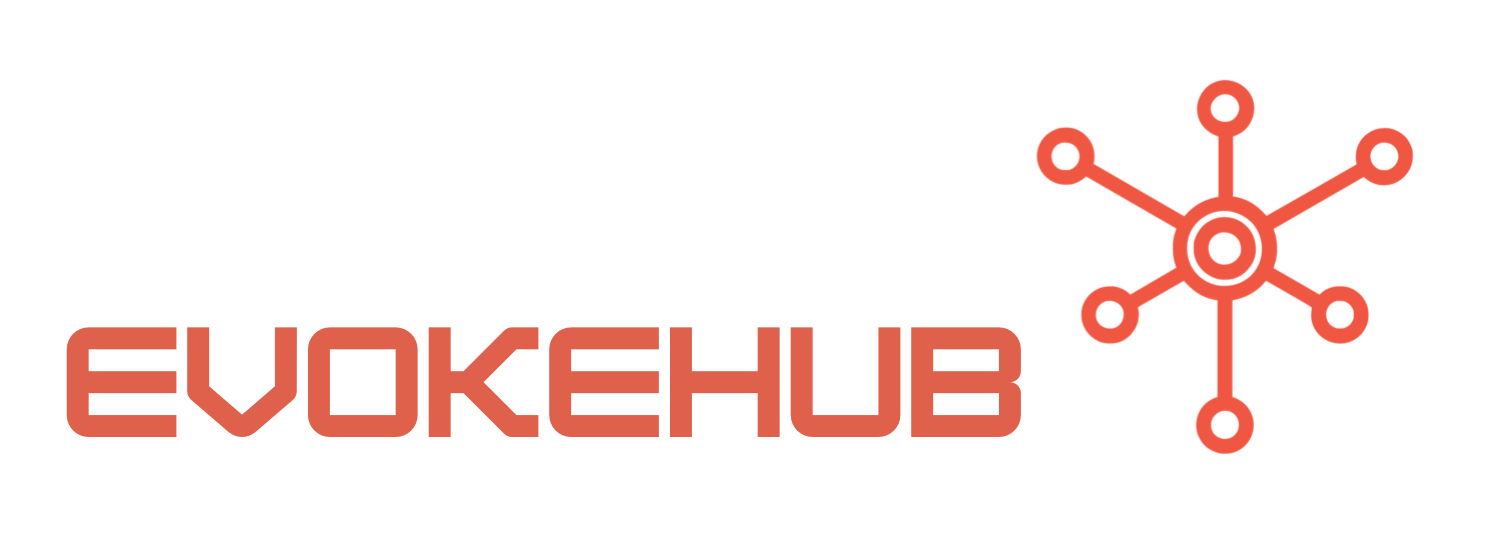Discover the Joy of Seamless Connections with gRPC in .NET!
gRPC, which stands for Google Remote Procedure Call, is designed to facilitate the smooth interaction between services across different platforms and languages. The joy begins with its built-in support for HTTP/2, allowing for faster communication, multiplexing, and bidirectional streaming. When you integrate gRPC into your .NET applications, you unlock the ability to establish connections that are not only quick but also reliable. This level of connectivity streamlines the way you build and scale your applications, making life significantly easier for developers.
At the heart of gRPC is Protocol Buffers, a language-agnostic serialization format that minimizes the size of your messages while ensuring they are easy to work with. When using .NET, crafting your services becomes a breeze; you can define your data structures and service methods in .proto files, which are then automatically generated into C# classes. This leads to a reduction in manual coding errors, resulting in a more efficient development process. With less boilerplate to write, developers can focus on what truly matters: delivering exceptional functionalities to their users.
Moreover, gRPC’s support for multiple programming languages enhances interoperability, allowing .NET applications to communicate seamlessly with services written in Java, Python, and more. This means that even if your team is using diverse technologies, gRPC acts as a common language, bridging gaps and fostering collaboration. When you embrace gRPC with .NET, the possibilities are endless, and the joy of building robust applications becomes a reality. For a deeper dive, check out the gRPC official documentation.
Unlock the Magic of gRPC: Your Guide to Smooth Integration!
Integrating gRPC into your .NET applications is a magical experience! The process is straightforward, thanks to the well-designed tools provided by the .NET ecosystem. To get started, you’ll need to install the necessary gRPC packages via NuGet. With a few simple commands, you can set up your project and start defining your service contracts in .proto files. The groundwork is laid, and before you know it, you’ll be ready to implement your server and client logic!
Once your services are defined, the next step is to generate the C# code from the .proto files. This is where the magic truly happens—everything is automatically handled for you! The generated code contains all the necessary boilerplate to create and manage your gRPC services and clients efficiently. You can focus on implementing the core logic of your services without worrying about the underlying communication protocols. For those looking to expedite their learning, the gRPC Quick Start guide is an excellent resource.
But the enchantment doesn’t stop there! With gRPC’s streaming capabilities, you can build highly responsive applications that can send and receive data in real-time. Imagine a chat application where users can see messages instantly, or a live data feed that updates as new information becomes available. gRPC’s bidirectional streaming allows for this level of interactivity, and when paired with the power of .NET, you can create experiences that delight your users. So, grab your coding wand, and let the magic of gRPC unleash your applications like never before!
As we wrap up our exploration of gRPC with .NET, it’s clear that this powerful combination brings forth a new era of seamless connections and efficient communication between services. With its speed, reliability, and ease of integration, gRPC allows developers to craft sophisticated applications while focusing on creativity and innovation. Whether you’re building microservices, real-time applications, or simply looking to streamline your existing systems, gRPC with .NET is your magical ally. So why wait? Dive in, experiment, and let your applications shine! Happy coding!




